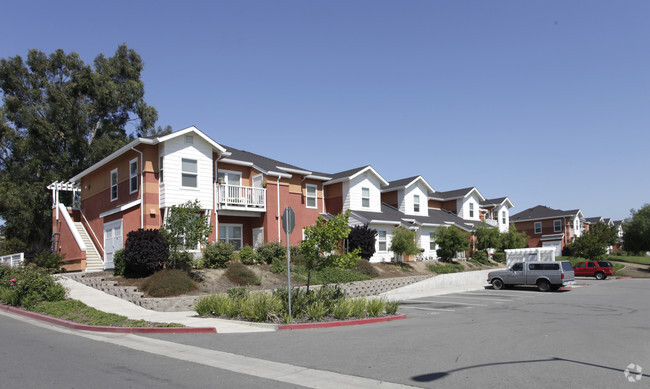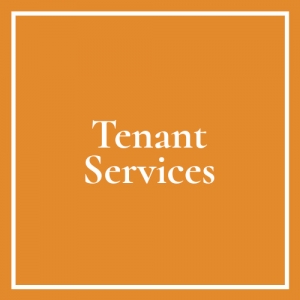Frequently Asked Questions
What is a Rental Housing Tax Credit Property?
RHTC properties can be either new construction or rehabilitation of an existing building(s). They can also contain a mix of units, some that are rented at rates affordable to low-income persons and others that are rented at market rates. De Anza Gardens have a choice as to what percentage of units they rent to different income levels. For example, they can choose to rent at least 20% of their RHTC units to households that earn at or below 50% of the area’s median income or they can choose to rent at least 40% of their tax credit units to households that earn at or below 60% of the area’s median income.
The responsibilities of developers of tax credit properties include the following:
- Leasing RHTC units to eligible residents
- Charging no more than the maximum RHTC rents (including utilities)
- Maintaining the property in a habitable condition
- Complying with the Internal Revenue Service and State of California record-keeping requirements
Who can live in a RHTC property?
There are several requirements that developers must abide by in renting RHTC units. The two most important requirements are: 1) they must offer the RHTC units at affordable rates, and 2) they must rent RHTC units to persons who earn no more than specified incomes. Applicants are subject to standard rental screening procedures as well as income qualification.
If the entire household is comprised of full-time students, they may not qualify for a RHTC unit. Also, developers cannot discriminate against people who receive Section 8 vouchers or certificates.
How are rent and income limits determined?
All RHTC income and rent limits are based on the area’s median income. This data is published annually by the U.S. Department of Housing and Urban Development (HUD). These limits vary by metropolitan area or county within the state and by number of people in the household.
Persons moving into RHTC units can have an income of no more than 60% of the area’s median income. Most developers also set aside a percentage of units that can be rented to lower-income persons, including those who earn no more than 30, 40, or 50% of the area’s median income.
Rent limits are also based on the median income information. In most cases, the maximum rent that a resident can be charged (including utilities except telephone and cable television) is calculated as 30% of the maximum income limit for the household size. The household size is based on the number of bedrooms in the unit, not the actual number of persons residing in the unit. A calculation of 1.5 times the number of bedrooms in the unit determines the household size.
What is current area median income in the County of Contra Costa?
The current area median income in the County of Contra Costa is $76,600.00 or $80,100.
What is needed to determine if I qualify?
At the time of application, and on an annual basis, residents are required to provide documentation confirming their annual income and the number of residents in their unit. Information that may be required by the developer includes the following:
Name, age, social security number, relationship, and sex of each of the persons who will occupy the unit;
All sources and amounts of current and anticipated annual income expected to be received during the twelve-month certification period, including assets;
Current and anticipated status of each resident during the 12-month certification period;
Traditional screening steps such as credit checks, unlawful detainer, criminal background, and sex offender information will be obtained from previous landlords. An automatic denial will be given to registered lifetime sex offenders and meth lab;
All information provided is strictly confidential and will be handled accordingly.
Are rental payments subsidized by any grant monies or public housing assistance programs like Section 8?
No, rental payments are not subsidized. Tenants are fully responsible for paying the monthly rent and utilities.
Will childcare be available?
A Headstart program facility is onsite.








